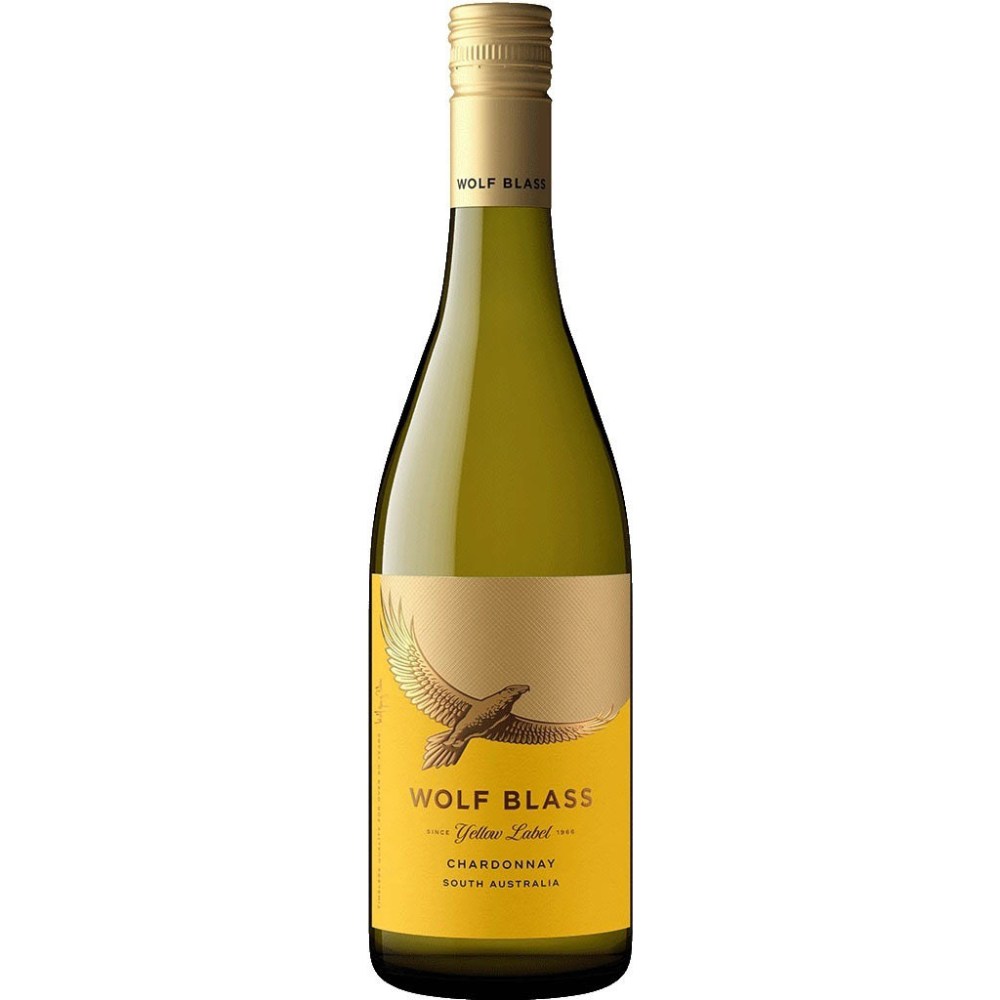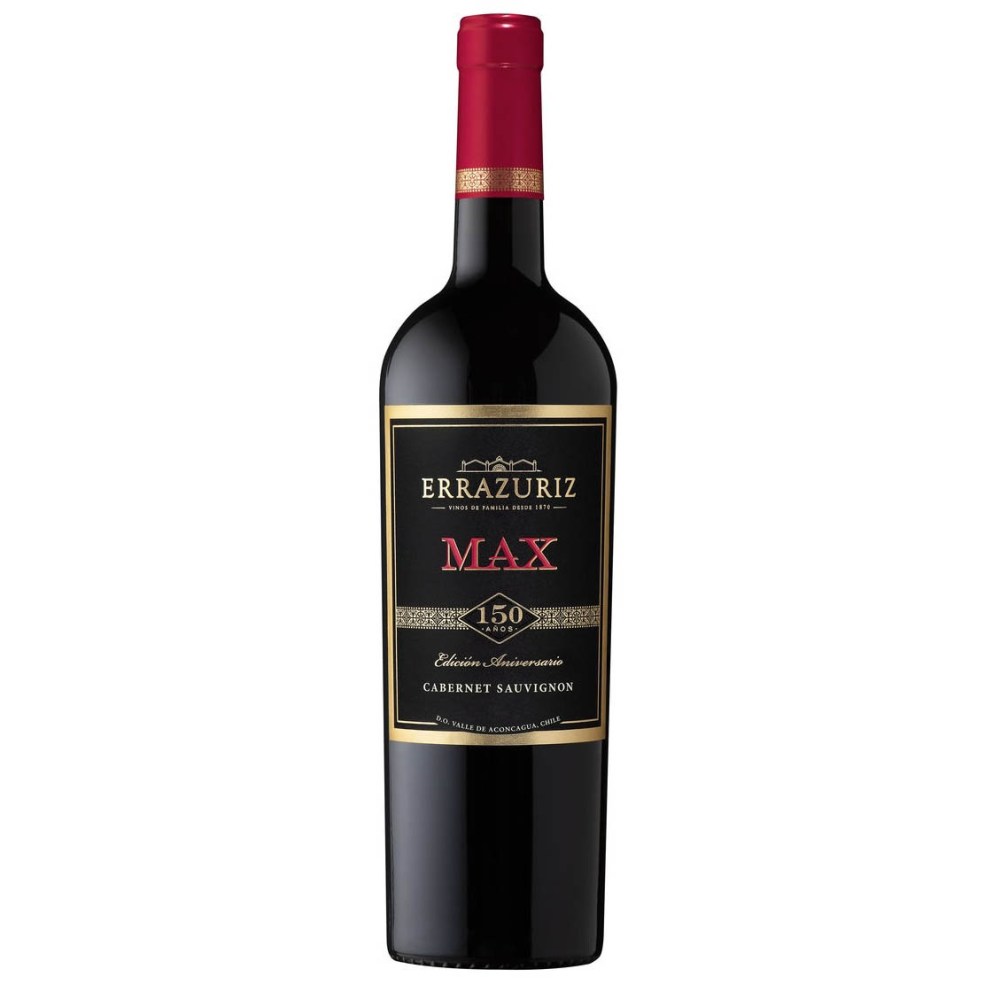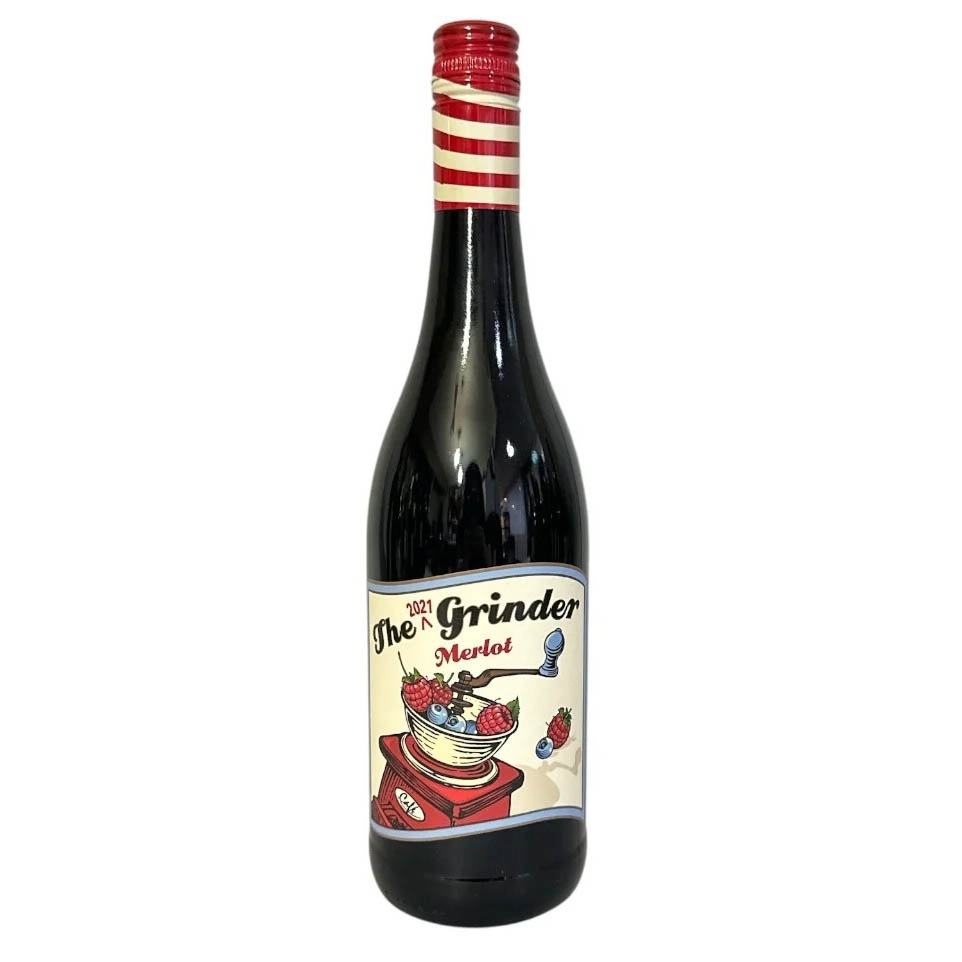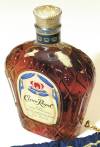Political issues keep spilling into drinks market
Advertisement
Read this article for free:
or
Already have an account? Log in here »
To continue reading, please subscribe:
Monthly Digital Subscription
$0 for the first 4 weeks*
- Enjoy unlimited reading on winnipegfreepress.com
- Read the E-Edition, our digital replica newspaper
- Access News Break, our award-winning app
- Play interactive puzzles
*No charge for 4 weeks then price increases to the regular rate of $19.00 plus GST every four weeks. Offer available to new and qualified returning subscribers only. Cancel any time.
Monthly Digital Subscription
$4.75/week*
- Enjoy unlimited reading on winnipegfreepress.com
- Read the E-Edition, our digital replica newspaper
- Access News Break, our award-winning app
- Play interactive puzzles
*Billed as $19 plus GST every four weeks. Cancel any time.
To continue reading, please subscribe:
Add Free Press access to your Brandon Sun subscription for only an additional
$1 for the first 4 weeks*
*Your next subscription payment will increase by $1.00 and you will be charged $16.99 plus GST for four weeks. After four weeks, your payment will increase to $23.99 plus GST every four weeks.
Read unlimited articles for free today:
or
Already have an account? Log in here »
Canada’s fraught relations with the United States, and the impact of tariffs rolled out in March, continue to shake up the alcohol industry on both sides of the border.
At a news conference on Sept. 2, Ontario Premier Doug Ford made a (literal) splash when he poured out a bottle of Crown Royal whisky after parent company Diageo announced the bottling plant in Amherstburg, Ont. will be shuttered in February 2026, resulting in a loss of about 200 jobs.
Sammy Kogan / The Canadian Press files Ontario Premier Doug Ford empties a bottle of Crown Royal at a news conference on Tuesday.
Ford memorably called the company “about as dumb as a bag of hammers,” adding “You hurt my people, I’m going to hurt you” — without disclosing what that might entail.
Diageo said the move was in an effort to streamline their supply chain; bottling for Crown Royal destined for Canadian shelves will be moved to a facility in Quebec, while products destined for the U.S. market, where Crown Royal is a big player, particularly in the southern states, will be moved to the U.S. Distilling will continue at the company’s Gimli plant, while its headquarters and warehousing will remain in Toronto. (The whiskies had previously been transported to Amherstburg from Gimli by train.)
In response to Ford’s comments, in a news conference Manitoba Premier Wab Kinew called Crown Royal “the pride of Gimli” and said Canadians should continue buying the whisky as it’s “supporting Manitoba jobs.”
Diageo is a British-based multinational drinks company whose portfolio also includes Guinness, Johnnie Walker, Captain Morgan, Smirnoff and other big-name brands.
South of the border, American drinks behemoth Brown-Forman — the company behind Woodford Reserve bourbon and the iconic Jack Daniel’s brand, among others — says exports from the U.S. to Canada are down 62 per cent in the latest fiscal quarter relative to the same time period last year, according to a report by CBC.
The decline is in large part the result of many provinces, including Manitoba, pulling American products off shelves. Some American wines purchased before the tariffs kicked in remain for sale at Winnipeg private wine stores, but because spirits are only sold through Liquor Marts, American whiskies and bourbons are not currently for sale (although other Brown-Forman products such as El Jimador tequila and Diplomatico rum, which aren’t made in the U.S., are still around).
On the wine side of the equation, a new report by the American Association of Wine Economists (AAWE) reveals that between April and July of 2025, the U.S. imported more wine from Canada by value than it sent across the border to us — for what is likely the first time since Prohibition around 100 years ago.
American importation of Canadian wines has never been huge business — between April and July 2025, the average monthly value of Canadian imports was between US$4.66 million and US$5.43 million.
By contrast, the value of American wines coming into Canada in November 2024 was around US$53 million, which by May 2025 had plummeted to US$960,000. The result is that over the last four months the U.S. has actually been in a trade deficit to Canada in terms of imports/exports of wine.
The AAWE also reports that from January to July 2025, the value of monthly U.S. wine exports to Canada is down 68.4 per cent relative to the same time period in 2024 — from US$226.4 million in the first half of 2024 to US$71.6 million during the same period this year — and most of this year’s sales came early in 2025, before the “Elbows Up” phenomenon hit Canadian liquor markets.
Once the tariffs are in the rearview mirror (if they ever are… gulp), the drinks landscape in North America could look significantly different.
Wines of the week
If you’re missing those American wines, here are a few products from elsewhere that can likely scratch your palate’s itch…

Wolf Blass 2023 Yellow Label Chardonnay (South Australia — $16.99, Liquor Marts and beyond)
Pale straw in colour, this stalwart Aussie Chardonnay brings ripe peach, red apple and pear aromas, along with vanilla, spice and hints of lemon.
It’s dry and medium-bodied, with loads of ripe apple, peach and pear flavours, light acidity that comes with a lemon candy component, plus those vanilla/spice notes that linger in the background.
The 13 per cent alcohol isn’t obtrusive, making for a rich but lively New World Chard that’s sure to please many palates — especially while it’s on sale in September (it’s regular $18.99). 3.5/5

Errazuriz 2021 Max Cabernet Sauvignon (Aconcagua Valley, Chile — $17.49, Liquor Marts and beyond)
Deep ruby in colour, this Chilean Cab brings attractive eucalyptus, blackcurrant, plum, cassis, herbal and spice notes aromatically.
It’s full-bodied and dry but jammy, with ripe dark berry and plum flavours coming with those herbal/eucalyptus notes, hints of dark chocolate and spice, white pepper notes that arrive with medium tannins and, at 13.5 per cent alcohol, a slightly warm finish.
Drinking well now — and a particularly good deal until the end of September, when the regular price of $21.99 kicks back in. 4/5

The Grinder 2021 Merlot (Stellenbosch, South Africa — around $19.99, The Pourium)
Bright purple in appearance, this South African Merlot brings pretty plum, blueberry, blackberry and anise aromas with a hint of baking spices.
It’s full-bodied and fruit-forward (but not sweet), with the plum, blackberry and raspberry notes arriving with those baking spice components, modest tannins and, at 13 per cent alcohol, a medium finish. Available at The Pourium. 3.5/5
uncorked@mts.net
@bensigurdson

Ben Sigurdson
Literary editor, drinks writer
Ben Sigurdson is the Free Press‘s literary editor and drinks writer. He graduated with a master of arts degree in English from the University of Manitoba in 2005, the same year he began writing Uncorked, the weekly Free Press drinks column. He joined the Free Press full time in 2013 as a copy editor before being appointed literary editor in 2014. Read more about Ben.
In addition to providing opinions and analysis on wine and drinks, Ben oversees a team of freelance book reviewers and produces content for the arts and life section, all of which is reviewed by the Free Press’s editing team before being posted online or published in print. It’s part of the Free Press‘s tradition, since 1872, of producing reliable independent journalism. Read more about Free Press’s history and mandate, and learn how our newsroom operates.
Our newsroom depends on a growing audience of readers to power our journalism. If you are not a paid reader, please consider becoming a subscriber.
Our newsroom depends on its audience of readers to power our journalism. Thank you for your support.






